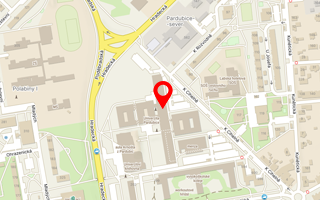Publikace detail
Printed DSSC Solar Cell with UV Cured Barrier Layer
Autoři:
Syrový Tomáš | Hatala Michal | Držková Markéta | Syrová Lucie
Rok: 2013
Druh publikace: článek ve sborníku
Název zdroje: Advances in Printing and Media Technology
Název nakladatele: IARIGAI (International Association of Research Organizations for the Information, Media and Graphic Arts Industries)
Místo vydání: Darmstadt
Strana od-do: 41-47
